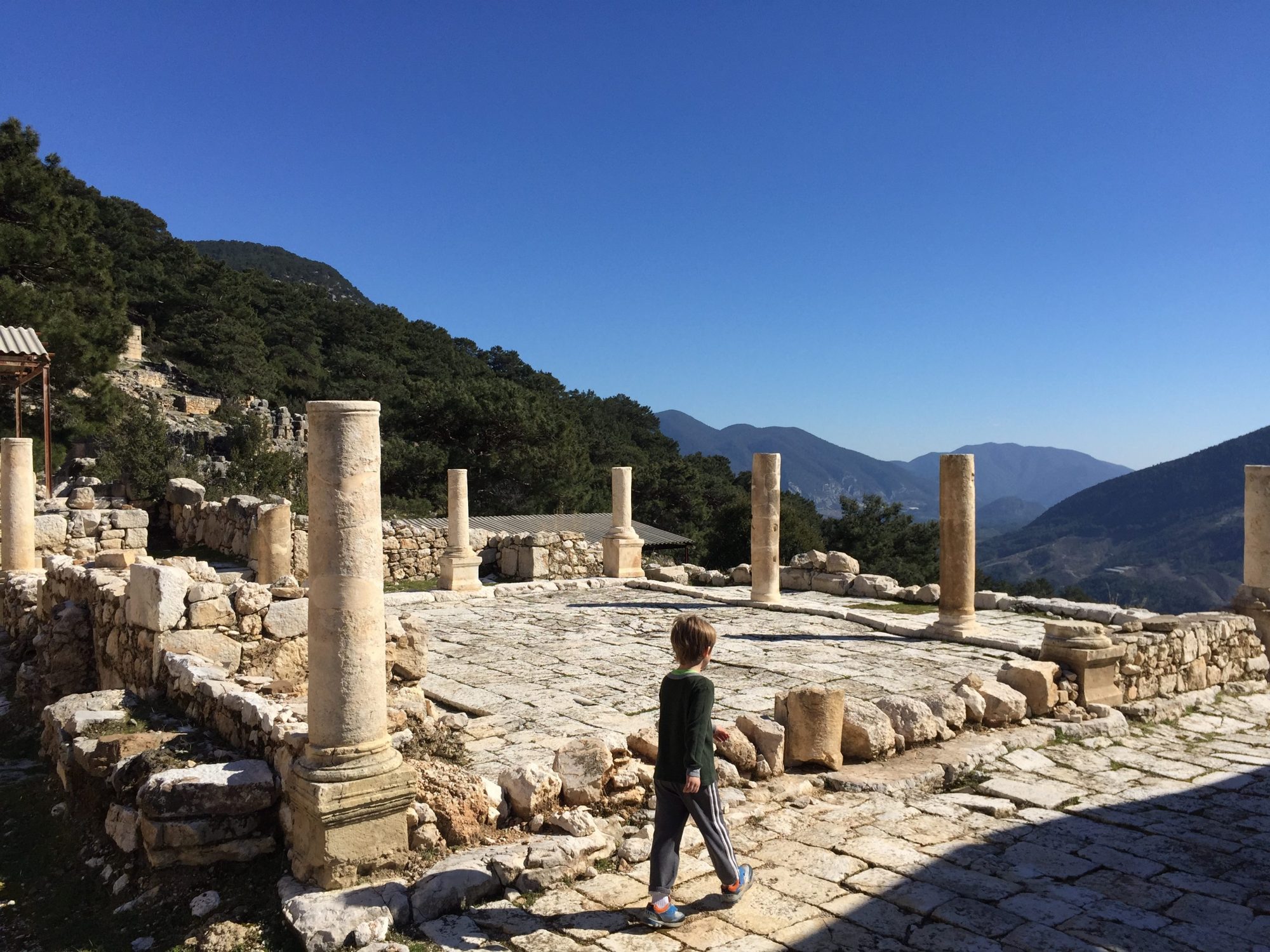Inanma prefers the farmer. I don’t know why. The signage doesn’t say, and I can’t read cuneiform.
I’m at the Museum of the Ancient Orient in Istanbul looking at a small collection of Sumerian literature: about a dozen clay tablets inscribed with cuneiform (which means “wedge-shaped”). They are from various sites in Mesopotamia, or modern Iraq. Most are about 4,000 years old.
The most famous is the Code of Hammurabi, one of the world’s earliest set of laws, created by the eponymous Babylonian king in the early 18th century b.c.
Some 200 years older and more interesting, I think, is the “Oldest Love Poem,” which includes these lines:
Bridegroom, you have taken your pleasure of me
Tell my mother, she will give you delicacies
My father, he will give you gifts
This is also perhaps the first parental endorsement of a child getting laid. Let me speak for the 21st century when I say, Eeeeeeew.
There is a letter from one Ludingirra to his mother. Huh. A Sumerian Momma’s Boy. There are numerous legal documents, including “A Verdict About Murder” and “A Judicial Decision Regarding the Breaking of an Engagement.” The hilariously named “Short & Terse Business Letters” apparently have a cold brevity that in light of our modern equivalent—Long and Bureaucratic Corporate Communications—sounds quite appealing.
Other tablets are educational (“Proverbs Book” and “Multiplication Tables”) or instructional. The “Medical Recipe Concerning Poisoning,” for instance, includes eight remedies to counter having been slipped a mickey, which was apparently a choice method of murder in the 18th century b.c. One prescription requires:
mustard
pistachio
nuts
sweet mixed drink
meal of roast grain
thyme
barirato [?] plant
wine
These ingredients are to be mixed in a small cup—don’t supersize that vessel, yo—and then smeared on the skin. Yes, that’s right—there is no actual ingestion of said potion. The mere application of this tincture, the tablet assures us, will save the victim.
“He will live,” it declares.
But I am most intrigued by Inanma. Why did she prefer the farmer? What did he offer her that all the other suitors didn’t? Who did he beat out? The shepherd? The scribe? The brewer, the priest, the guy who had a monopoly on ferry service across both the Tigris and the Euphrates?
Nearby are 4,000-year-old clay tablets inscribed with erotic scenes. There’s a lively variety to these tablets, which could be easily slipped into, oh, say, the pocket of a robe, and feature all the combinations that you might expect: men and women, men and men, facing, from behind, on some sort of angled bench…HOTT. They are almost cartoonishly pornographic, with fist-like eyes, scalp-yanking braids, and dopey smiles.
Aah, afterglow.
There’s nothing here that I haven’t seen before. There’s something comforting in that. We’re all the same, the world over, and we always have been. There’s nothing new under the sun.

Hi Jen
What a beautiful blog.
Congratulations…
xxx
Susana